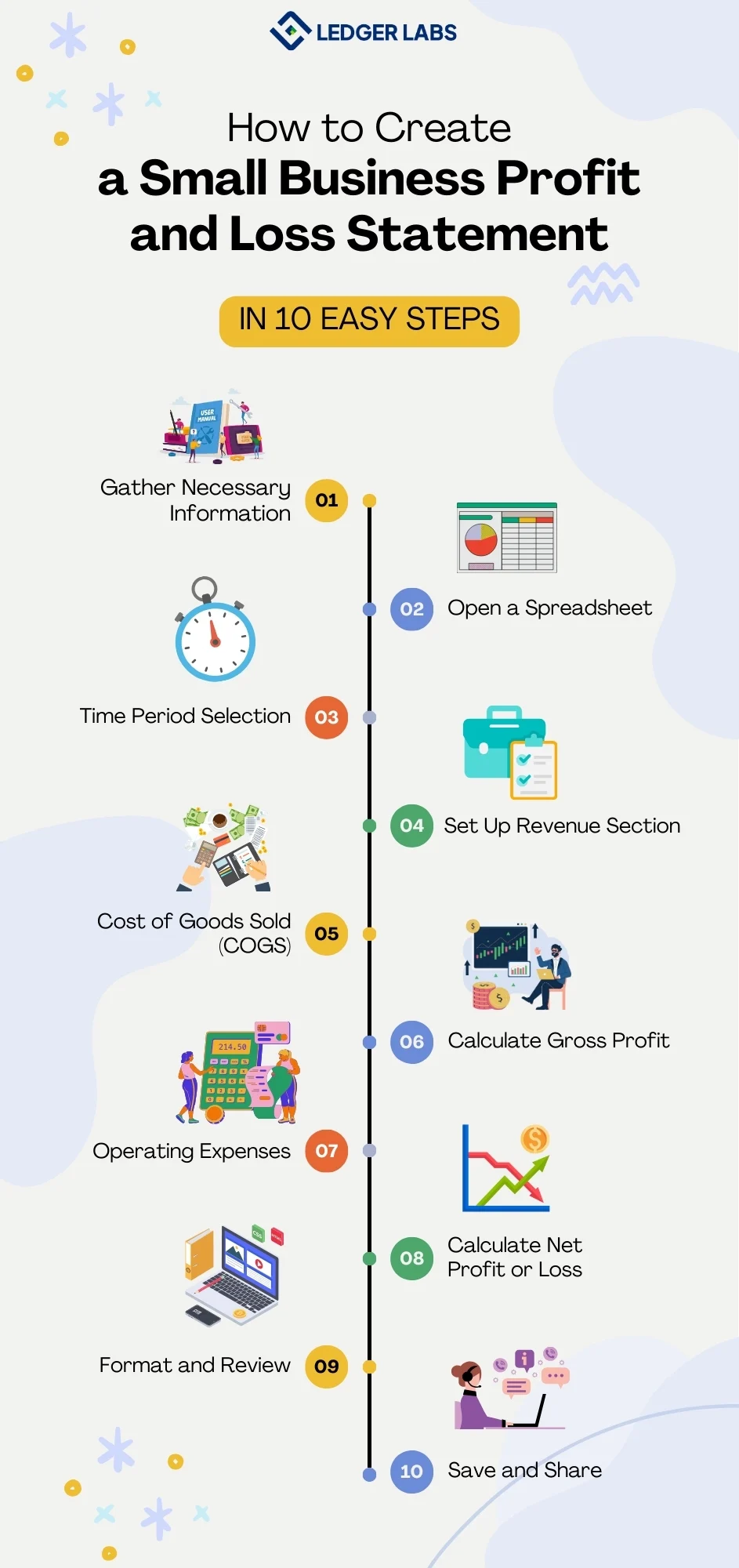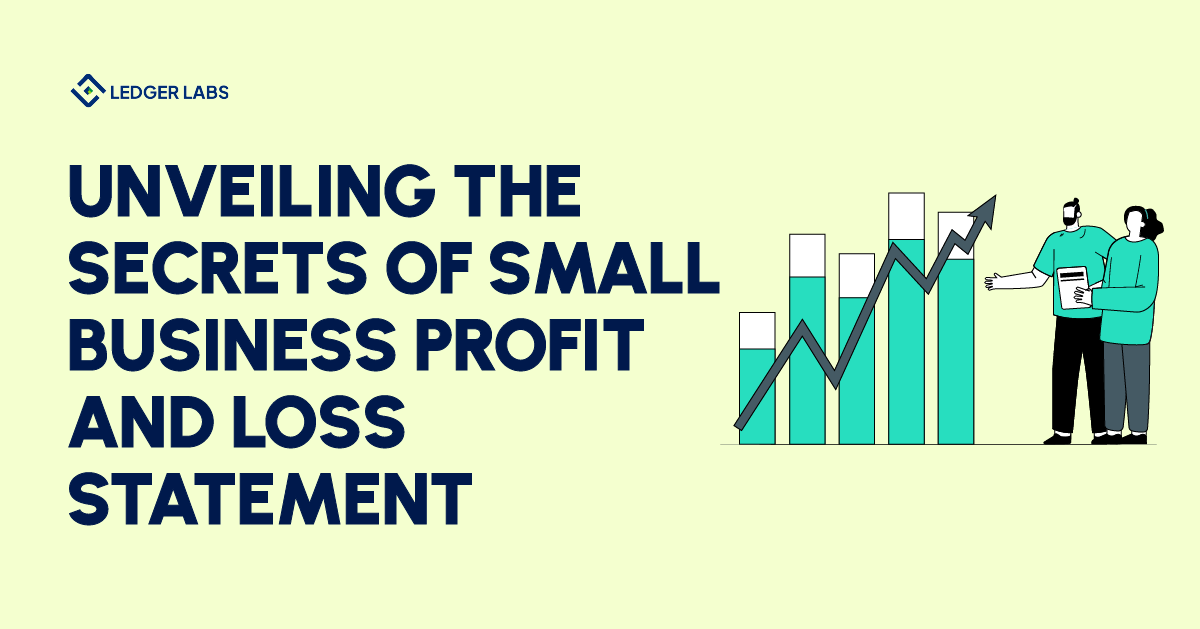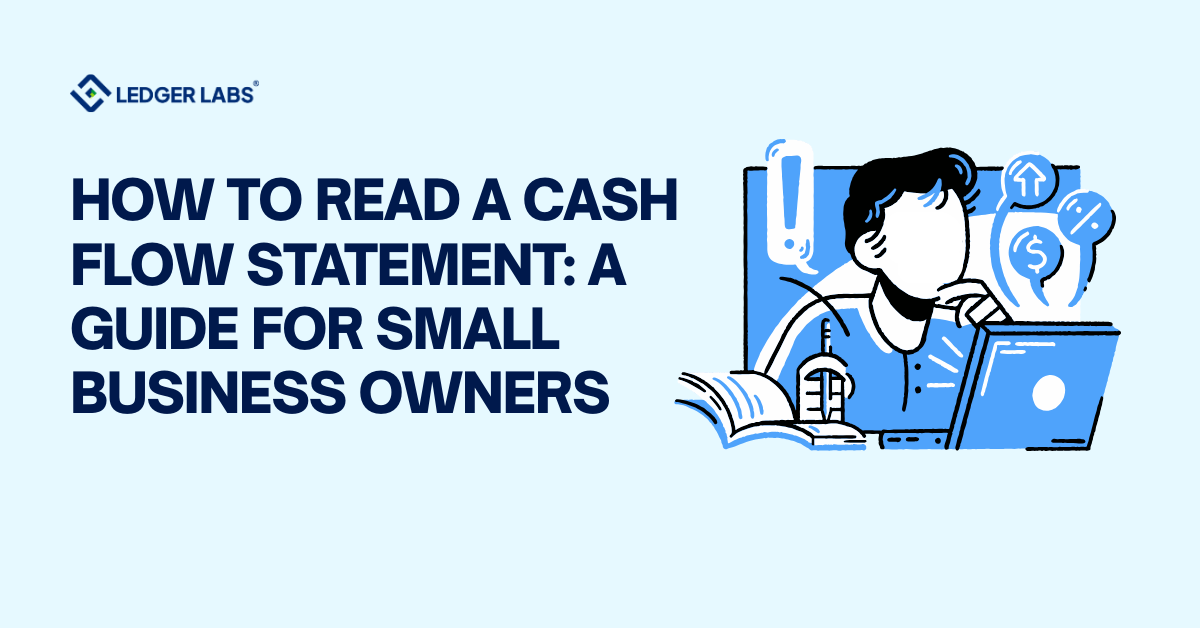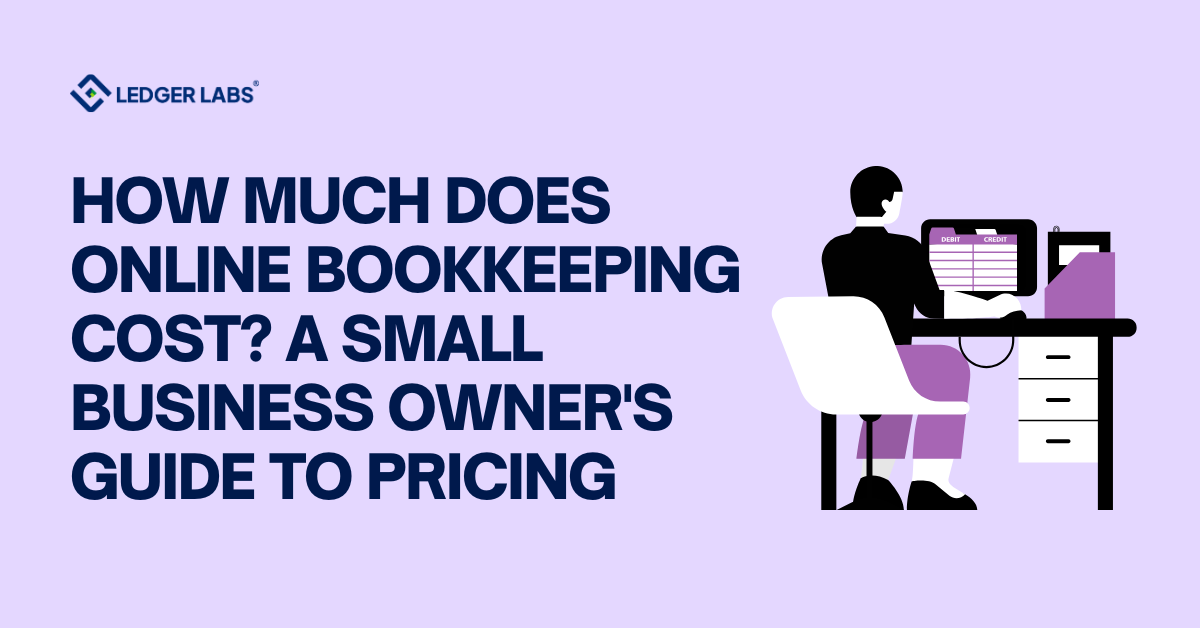- 62% of businesses have reduced their cost with an ERP integration.
- NetSuite integrations increase operational efficiency.
- Integrate NetSuite with WooCommerce to enhance business processes like order management.
- There are 11 steps to integrating NetSuite with WooCommerce.
Hey there, future business gurus! Whether you’re an entrepreneur just starting your dream business or a seasoned pro, understanding small business profit and loss statements is essential. Why? Because knowing how to read, interpret, and make use of these reports can be the difference between sinking and soaring in the business world.
Ready to become a small business profit and loss statement pro? Let’s get started!
Why Small Business Profit and Loss Statements Matter
Imagine your business is a ship sailing across a vast sea. Your small business profit and loss statement is basically the compass guiding you through stormy waters and sunlit shores alike. It helps you determine if you’re sailing toward a financial treasure island or heading straight into bankruptcy rocks!
A well-maintained small business profit and loss statement gives you an overview of your business health, enabling you to make well-informed decisions.
The Anatomy of a Small Business Profit and Loss Statement
Understanding a small business profit and loss statement is like uncovering the DNA of your business. Here are the components of profit and loss statement for small businesses:
1. Revenue
Also known as the ‘top line’, revenue is the starting point of any profit and loss statement. This is the money you get from selling goods or services. It sets the stage, giving you a baseline to measure all other financial activities against.
2. Costs of Goods Sold (COGS)
Here’s where you subtract the direct costs involved in producing the goods or services sold—think raw materials and labor. It’s essential to get this right, as it heavily influences your gross profit.
3. Gross Profit
Subtract COGS from your revenue, and you’ll get your gross profit. Think of it as a preliminary scorecard that tells you how well you’re doing, but remember, the game isn’t over yet. Gross profit doesn’t account for other costs that nibble at your earnings.
3. Operating Expenses
These are the day-to-day costs involved in running your business. We’re talking rent, salaries, utilities, marketing—the whole shebang. Don’t mix these up with COGS; they’re necessary but not directly linked to production.
4. Net Profit or Loss
After you subtract operating expenses from gross profit, you reach the grand finale: net profit or loss. This is the ultimate measure of your business’s performance over a specific period.
Want help with your P&L statement?
Meet our experts to resolve all doubts!
The Importance of Timing
In business, as in comedy, timing is everything. So here are some frequencies for small business profit and loss statement reporting:
- Monthly Statements: Monthly statements are like close-up snapshots—they show great detail but can be a bit overwhelming. For businesses with fluctuating incomes or expenses, this can be invaluable. However, these statements might not accurately depict long-term trends.
- Quarterly Reports: These are more like panoramic shots, giving you a broader view. Quarterly statements offer a good balance between detail and perspective, and they’re often legally required for publicly traded companies.
- Yearly Summaries: A yearly summary is your satellite image. It provides a high-level view of how your business is doing and is essential for long-term planning and attracting investors.
Also read, 4 financial statements for small businesses: preparation, templates and comprehensive guide
How to Create a Small Business Profit and Loss Statement
You don’t have to be a math whiz or accounting guru to make your own small business P&L statement.
Creating a small business profit and loss (P&L) statement manually may seem like a daunting task, but it’s entirely manageable with some basic financial records and spreadsheets. Here’s how you can go about it:

Step 1: Gather Necessary Information
Before you can build a P&L statement, you’ll need to collect data such as:
- Sales revenue records
- Purchase invoices
- Utility bills
- Rent receipts
- Salary and wage information
- Any other income or expenses, such as interest earned or paid
These records will serve as the raw data for your P&L statement.
Step 2: Open a Spreadsheet
Open a spreadsheet program like Microsoft Excel or Google Sheets. You can either create a small business profit and loss statement from scratch or modify an existing template. For this guide, we’ll assume you’re creating one from scratch.
Step 3: Time Period Selection
Choose the time period for which you want to create the P&L statement. This could be a month, quarter, or year. Label the time period clearly at the top of the spreadsheet.
Step 4: Set Up Revenue Section
Label the first section as “Revenue” and list all the revenue sources you have. Include categories like sales revenue, service fees, investment income, etc. Add up all the sources to find your total revenue for the period and input it into the spreadsheet.
Revenue:
– Sales Revenue: $50,000
– Service Fees: $5,000
– Investment Income: $1,000
Total Revenue: $56,00
Step 5: Cost of Goods Sold (COGS)
Label the next section as “Cost of Goods Sold” and list all the costs directly related to producing your product or service. This could be material costs, direct labor, etc. Sum these up to find your total COGS.
Cost of Goods Sold:
– Material Costs: $15,000
– Direct Labor: $10,000
Total COGS: $25,000
Step 6: Calculate Gross Profit
Subtract your total COGS from your total revenue to get your gross profit.
Gross Profit = Total Revenue – Total COGS
Gross Profit = $56,000 – $25,000
Gross Profit = $31,000
Step 7: Operating Expenses
Create a section for operating expenses, which include things like rent, utilities, salaries (excluding direct labor, which is part of COGS), and marketing costs. Sum up these expenses.
Operating Expenses:
– Rent: $5,000
– Utilities: $1,000
– Salaries: $10,000
– Marketing: $2,000
Total Operating Expenses: $18,000
Step 8: Calculate Net Profit or Loss
To find your net profit or loss, subtract your total operating expenses from your gross profit.
Net Profit = Gross Profit – Total Operating Expenses
Net Profit = $31,000 – $18,000
Net Profit = $13,000
Need help creating small business profit and loss statement?
Talk to our certified accountants!
Step 9: Format and Review
Once all the numbers are inputted, format your spreadsheet to make it easy to read. Double-check all your entries and calculations to ensure accuracy.
Step 10: Save and Share
Save your document in a secure location and distribute it to the relevant stakeholders, such as business partners, accountants, or investors, as needed.
By following these steps, you’ll have created a profit and loss statement that can serve as a vital tool for understanding the financial health of your business. With the basics now covered, you can proceed to more advanced analyses like financial ratios and budget planning.
Templates and Software
Now you may be aware that accounting software like QuickBooks or Zoho Books usually offer profit and loss templates. They pull data directly from your records, making it simple and mostly automatic. This is a great time-saver, but remember, garbage in, garbage out. So, ensure your records are accurate!
Reading between the lines
Being good with numbers isn’t enough; you need to be a bit of a detective, too. These are the terms you should keep an eye on as a small business owner:
- Financial Ratios: Financial ratios like Return on Investment (ROI) and Earnings Before Interest, Taxes, Depreciation, and Amortization (EBITDA) can give more context to your profit and loss. For instance, a high ROI means your investment is paying off.
- Profit Margins: Understanding your profit margin can help you set realistic goals and identify issues before they become problems. For a small business, a 10% net profit margin is often considered decent, but it’s sector-dependent.
Uses of small business profit and loss statement
Your profit and loss statement is not just a wallflower at the financial party; it’s the life of the party. It helps you in:
- Identifying Patterns: Look for trends in your revenue and expenses. Spotting a pattern early on can give you a significant competitive edge.
- Budget Planning: Past profit and loss statements are goldmines for future budget planning. They offer concrete data on which to base your financial decisions, acting like a financial crystal ball.
- What Investors and Lenders Look For: Investors and lenders want to see a healthy, profitable business, and your profit and loss statement is your chance to show them just that. They’re keen on metrics like net profit, gross profit margin, and EBITDA.
Common mistakes to avoid while preparing profit and loss statement
Even the pros make mistakes, but knowing what to look out for can save you from a financial faux pas.
- Missing Items: Not including certain expenses or income can give you a skewed picture. Make sure everything is accounted for.
- Miscalculations: Remember, your profit and loss statement is only as good as the data it’s built on. Double or even triple-check your figures.
Real-world examples of small business profit and loss statement analysis
Consider Jane’s bakery business, which turned a corner by spotting a pattern in their monthly bakery profit and loss statement. They adjusted their marketing strategy accordingly. They expanded their target audience, explored new advertising channels, and offered appropriate promotions and discounts to attract more customers during low-profit periods. All this was possible because of their profit and loss statement analysis.
Want to get your P&L reviewed?
Ask our expert accountants!
Conclusion
Congratulations, you’ve just earned a masterclass in Profit and Loss Statements!
These invaluable documents are the heartbeat of your business, and now you know how to read, interpret, and make the most of them.
To seek professional counsel from our accounting and bookkeeping experts, we at Ledger Labs are here to help.
Frequently Asked Questions
1. What is the most crucial part of a Profit and Loss Statement?
It really depends on your business focus and current needs, but net profit usually takes center stage.
2. How often should I review my P&L Statement?
Quarterly is a good rule of thumb. However, new or fluctuating businesses should consider monthly reviews.
3. Can a P&L statement help me get a loan?
Absolutely, it’s often a critical document for lenders.
4. Do I need accounting software to create a P&L Statement?
It helps, but a simple spreadsheet can also work.












